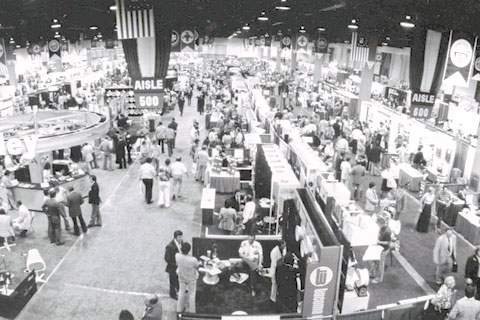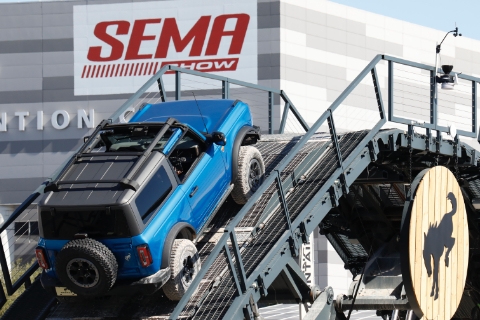SEMA News - May 2010
Navigating the Waters of Emissions Compliance
 |
|
| California’s Bureau of Automotive Repair (BAR) recently added on-road light- and medium-duty diesel vehicles to its smog-check program. | |
A current example emerged from California’s Bureau of Automotive Repair (BAR), which recently added on-road light- and medium-duty diesel vehicles to its smog-check program. During registration, re-registration or title transfers, these vehicles are now subjected to a visual inspection, followed by a tailpipe test to determine excessive smoke. Specifically, the visual test is to determine that all required emissions equipment is in place and functioning, in addition to identifying the use of any non-stock, emissions-related parts or systems that have not been brought into compliance with a California Air Resources Board (CARB) Executive Order (E.O.). The tailpipe emissions measurement consists of a traditional “snap idle” test evaluating smoke concentration and time to dissipate.
SEMA’s ongoing efforts pertaining to emissions regulations and compliance procedures have included working with CARB to develop an acceptable E.O. test procedure for diesel performance parts. The newly administered BAR smog check for diesels has placed added emphasis on the association’s work with CARB to conclude such a procedure. This type of effort on behalf of its membership is consistent with how the association works with regulators.
The SEMA Black Book is another example of helping members address the compliance process. Revised, simplified and updated last year and posted in an electronic format on the SEMA website, this material is a vital guide to obtaining CARB E.O.s for emissions-related products.
“In many cases, there has been confusion about the process by which requirements can be met and Executive Orders from the California Air Resources Board issued for applicable parts and systems,” said SEMA Vice President of Government Affairs Steve McDonald. “We’ve learned that there are ways to further simplify the process. So, to assist members in understanding the requirements and identify ways to minimize both cost and time in reaching compliance status, this revised material is a collection of information that addresses these issues in a very user-friendly way.”
Website links are also included to provide first-hand information from various compliance-related sources, including the CARB website.
There is reason to believe that achieving and maintaining CARB compliance for emissions-related parts and systems will be increasingly important in the near and long term. Further, the U.S. Environmental Protection Agency (EPA) has a compliance requirement (Memorandum 1A) that parts manufacturers must have a “reasonable basis” for concluding that their products do not adversely affect the emissions of vehicles on which they are intended to be installed. Currently, the EPA recognizes a CARB E.O. as meeting the required reasonable basis.
Going forward, SEMA continues to monitor activities and information that point to potential regulatory problems, persistently seeking solutions to them. Although the Black Book contains relevant information and certification procedures, it is also a “living document” that can be updated to reflect the most recent information to obtaining compliance status. This is among the reasons affected SEMA members should not only review the book’s current information but periodically return to learn about changes potentially affecting how their parts can be certified.
We appear to be in a time when governmental regulations are on the increase, so it is especially important for members to recognize and utilize all the services SEMA provides when addressing certification issues.
Parts Required to Be Tested
Manufacturers of specialty parts or systems that could impact vehicle emissions are required to submit these components to specific emissions tests. The CARB website contains a list of all such parts in the section on aftermarket parts listed by device name. Basis for this requirement comes from the anti-tampering provisions contained in two California vehicle codes (VC 27156 and VC 38391). Upon successful completion of the required emissions tests, a CARB compliance document called an E.O. is issued to the manufacturer, thereby enabling the parts to be sold and used on-road in California. The SEMA Black Book not only helps members learn about the testing procedures but also provides information on parts categories applicable to emissions-related specialty parts.








